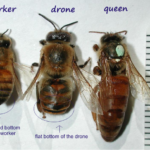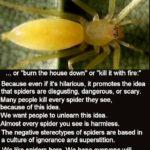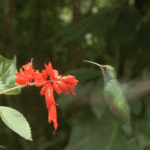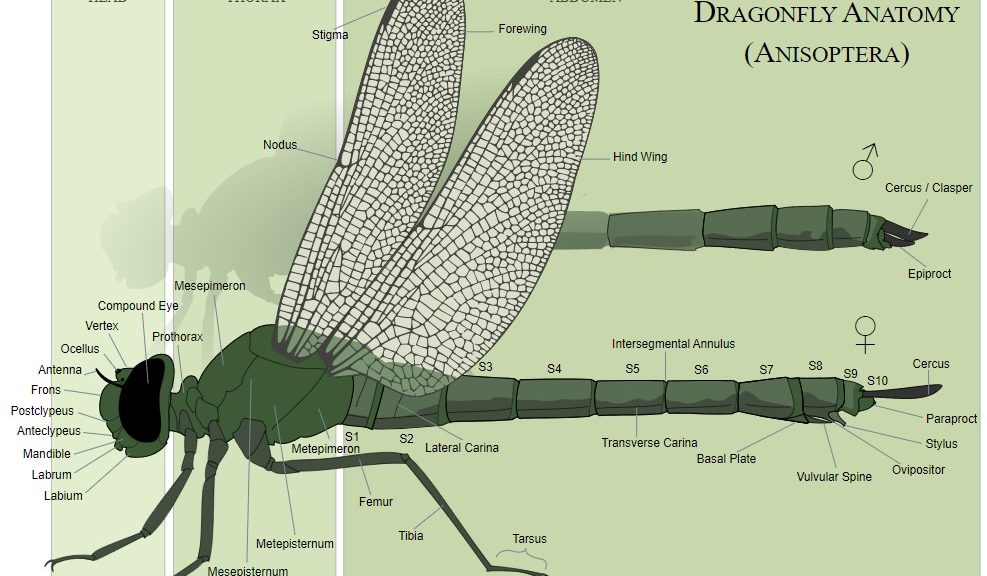
How to Tell the Difference Between Dragonflies and Damselflies (and Interesting Facts)
They existed before dinosaurs.
They always have to be close to fresh water.
Being excellent fliers and sky hunters, they fly in different styles. Damselflies are cautious with a graceful ballet.
Dragonflies can go at 50km/h and can hover like a helicopter, they’re more daring and go further.
Dragonflies have the tools to devour any insect prey including their own species.
They can Libya to Iceland in 4 days. With the help of the wind they can go up to 130km/h.
Their body has not changed in 300 million years except in size. Back then the dragonflies had a wingspan of more than 70cm.
Each eye has about 30,000 honeycombed eyes (compound) giving them 360 vision.
The wings have a waxy sheet to repel dust.
Amazon #ads
The mating process involves the male grabbing the female behind the head with his pincers at the end of his abdomen. The female twists her lower body forward to unite with the males semen sac at the end of his abdomen. This is known as the mating wheel. Damselflies form this mating wheel too, but they stay connected while laying their eggs in the water usually. The female will stick her abdomen under the surface to lay eggs on the water-plants or leaves while the male still has his clasps on her. Eggs are laid en masse and the couples are called tandems as they fly in this joined position. Many female damselflies dive underwater to attach their eggs and can stay underwater for up to 90 minutes.
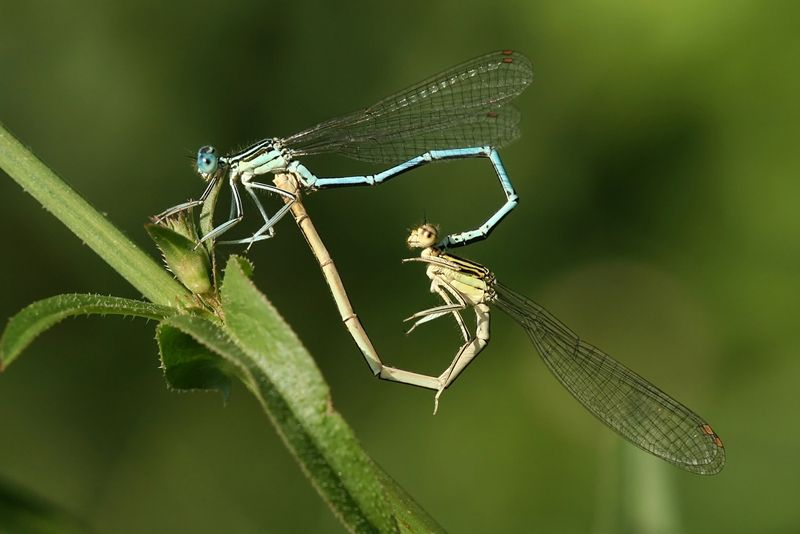
Meadowhawk dragonflies lay their eggs differently, while still attached in tandem they tap their tail end to lay each egg onto water plants.
Some females lay eggs alone. Some hide the eggs in moss cushions or between stones. Rain showers will eventually flush the eggs into water.
The number of eggs laid can go from 50 to several thousand.
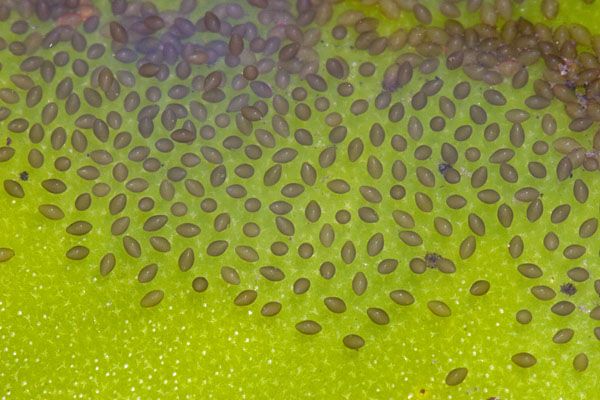
The willow emerald damselfly will lay it’s eggs in the willow bark. Microlarvae will emerge from the bark.
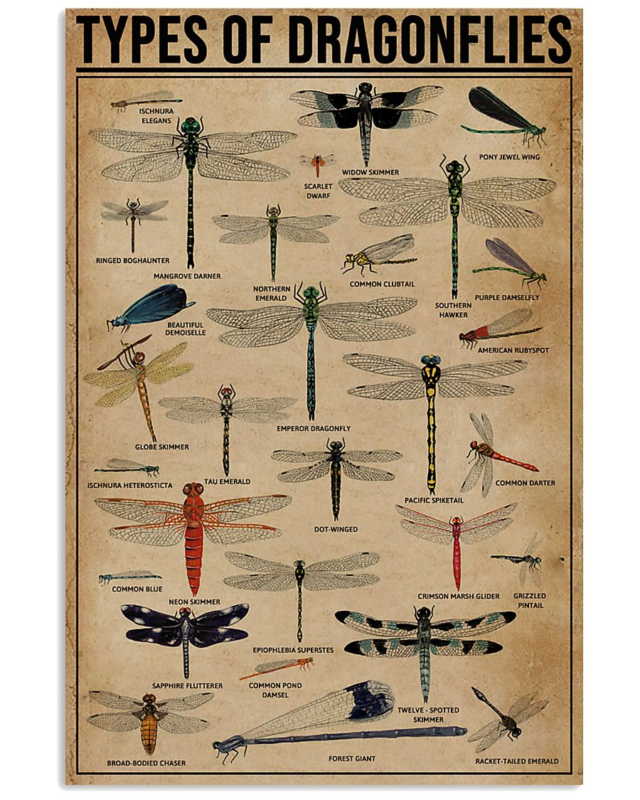
Dragonflies live 2 lives. One as expert flying sky hunters, the other is underwater. Both damselfly and dragonfly larvae can live underwater for years. They eat worms, tadpoles, small fish, etc.
An extension to their lower jaw can shoot forward in 20 milliseconds and about half the length of their body.
Time to go back to land. Pressure builds up inside the case to get the adult to emerge. It can take up to an hour. Then it shivers itself to warmth and takes flight leaving it’s case.
Many will swarm together.
The beautiful demoiselle and the banded demoiselles are social damselflies and return to the same place after a patrol.
They start a rhythmic wing-clapping like some form of communication.
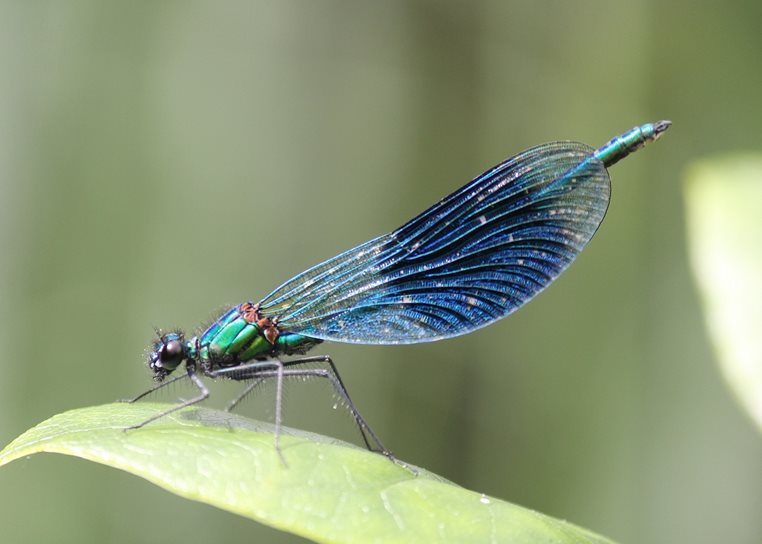
Mossy, swampy terrain with puddles and ponds are irrestable to dragonflies. The southern skimmer loves these kind of places with the warm temperatures.
7-8 week old dragonflies are almost ancient. Damselflies lifespan is even shorter, 1-2 weeks.
Autumn and winter seasons are their biggest enemy.
Dragonflies survive without fresh water by travelling far.
The next generation survive as larvae beneath the unfrozen water.
Fun fact – brimstone butterfly can freeze solid and winter and thaw back to reality because of a special glycol in it’s body. The winter damselfly has the same skill to survive the winter.
The greatest hunter on earth, hunting success rate is among the highest and topping 100% (vague I know).
They have sharp teeth on the underside of their head, freely moveable head, very short antenna, large highly developed compound eyes, 3 simple eyes and 2 pairs or wings.
Most flying insects have indirect flight muscles (thorax needs to deform to make wings flap) while dragonflies have direct flight muscles (directly attached to each wing base). This means they can direct each wing’s horizontal, vertical and torsional axis.
Fore and hind wings can be flapped in their own pattern.
Amazon #ads
Flying styles:
– Counter-stroking – with forewings beating 180° out of phase with the hindwings, its used for hovering and slow flight and is efficient and generates a large amount of lift.
– Phased-stroking – with the hindwings beating 90° ahead of the forewings, its used for fast flight and creates more thrust, but less lift.
– Synchronised-stroking, with forewings and hindwings beating together, its used when changing direction rapidly, as it maximises thrust.
– Gliding, with the wings held out, its used in three situations: a) free gliding, for a few seconds in between bursts of powered flight; b) gliding in the updraft, effectively hovering by falling at the same speed as the updraft; and c) in certain dragonflies such as darters, when “in cop” with a male, the female sometimes simply glides while the male pulls the pair along by beating his wings.
– Backwards flight – very few other animals can do this.
Dragonflies have a pterostigmata which is a spot on the edge it’s wing which acts as a counterweight.
Their wings have veins which from 3D corrugations for more efficiency.
Their eyes are like mini-telescopes and the proteins in the eyes can see colours not visible to the human eye. Their eye sensitivity to movement is super-capable. Different parts of their eyes can perform different functions.
Their brain can predict where the prey is going.
Studies show 95% of the prey chased was caught by dragonflies.
This short 4 minute video covers more facts than the 2 longer videos below it.


